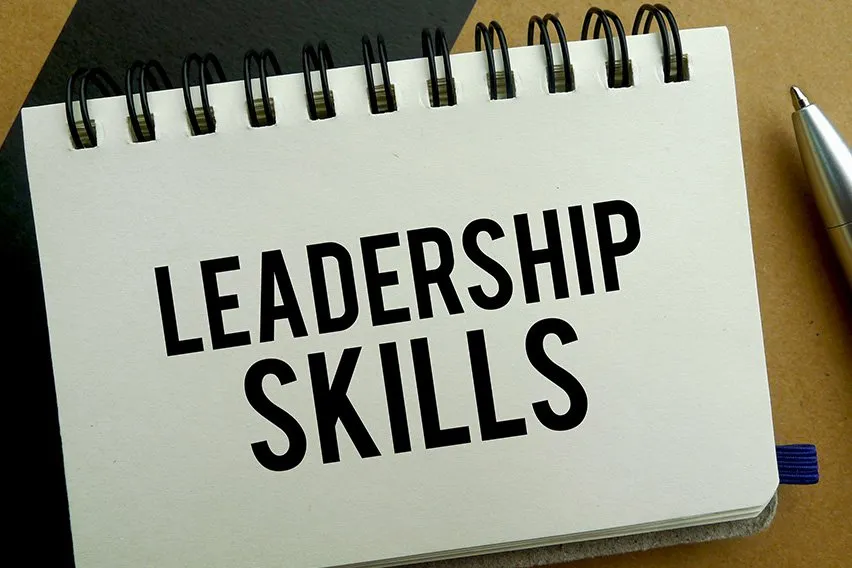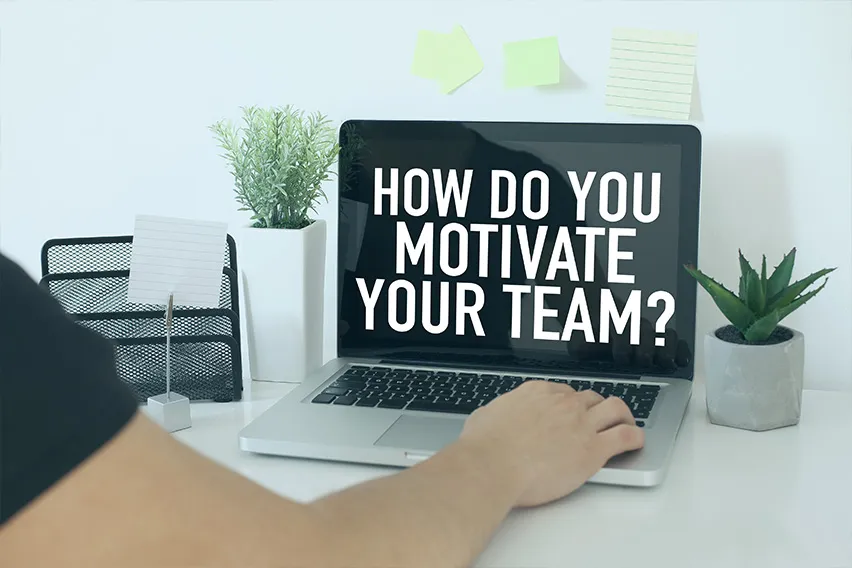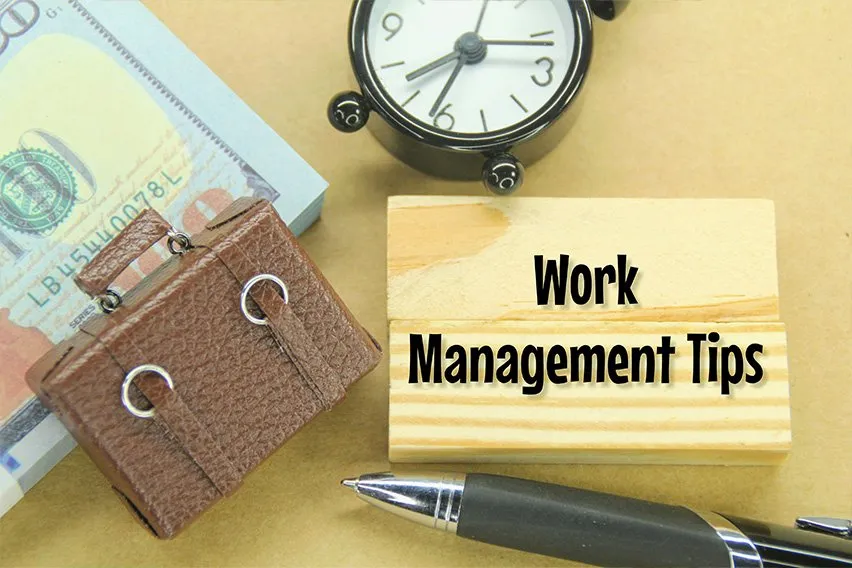How to Hire Good Employees in 8 Easy Steps

For startup founders and small business owners, hiring a new employee can feel like a make-or-break move. Bigger companies might be able to afford hiring candidates for their future potential, but small businesses need team members who already have the right experience, attitude and energy.
You’ll want someone who’s in it for the long haul, who can help the team navigate uncharted waters and who won’t abandon ship when you hit rough seas.
But how do you find the perfect employee in a flood of applicants? And even with the most qualified candidates, how can you make sure they’re the right fit for the job and the company? Read on to find out how to hire the right employees for your company.
Before You Start Hiring
You need to make sure your team is prepared to take on another member. Here are a few key documents you need to acquire before searching for your next employee, along with some vital discussions you should have with your crew.

1. Get an Employer Identification Number
Before you can hire employees, you’ll need to secure an Employer Identification Number (EIN). This nine-digit number is similar to a Social Security number (SSN) and is used by the Internal Revenue Service (IRS) to identify your business entity. According to the IRS, you need an EIN when you operate as a corporation or a partnership, file employment, excise, alcohol, tobacco or firearms taxes, withhold taxes on income and have employees.
To learn how to apply for an EIN, visit the IRS’ website.
2. Define the Job
Before searching for a prospective candidate, you need to come up with a detailed job description that accurately and concisely sums up the who, what, when and how of the job. Establishing an airtight job description helps you identify what kind of salary you can offer for the position, what your expectations are from your employee, and how you’ll be classifying your employee. This doesn’t just give you a clear view of what you need, it also makes it easier for a would-be candidate to ascertain whether they’re a good fit for the job.
You can come up with a job description by conducting a job analysis. There are tons of detailed resources online for this, but to give you an overview, a job analysis entails the following:
- Identifying the roles and responsibilities of current employees. This means observing and talking to each of your employees and pinpointing areas where they need help.
- Researching similar jobs and talking to fellow business owners. Do as much research as you can, both online and offline, to get a clear picture of what the job entails. While advice online can aid you, a business owner or HR manager in a similar position might be able to provide some more nuanced, experience-based insight.
- Creating a list of duties and responsibilities for your potential employee. Determine the needs of the company and identify what tasks aren’t usually met by the current team. You’ll also need to figure out how many hours the employee will work.
- Assessing what kinds of experience and abilities you’re looking for in a potential hire. It isn’t enough to know what tasks need to be met. Your candidate should possess the expertise that will help them perform the task well. For example, if you need a team leader, you’ll have to find the right person with strong management and people skills.
3. Put Together the Necessary Employment Records
Your company will take care of your employee’s withholding taxes. Depending on your employee’s classification, you’ll need to fill out forms W-4 (Employee’s Withholding Certificate), I-9 (to verify their eligibility to work in the United States), and W-2 (Federal Wage and Tax Statement) or 1099-MISC.
Now, you don’t have to complete both the W-2 and 1099-MISC form. The W-2 form is for employees (whose taxes you withhold and pay for them), while the 1099-MISC is for independent contractors (who handle their own taxes). This is why it’s vital to identify your potential employee’s classification first.
Aside from filling out the necessary tax forms, an employer is also required by the Fair Labor Standards Act to keep a record of their employee’s information. This includes, but is not limited to, an employee’s full name and SSN, address and zip code, birth date, sex and occupation, working hours and hourly pay rate. Visit the Department of Labor’s website for the full list.
How to Hire Good Staff Members
Follow these tips for an efficient and productive hiring process.
1. Prepare Appropriate Skills and Aptitude Tests
After identifying what expertise and abilities you’re looking for in a candidate, you can prepare a slew of tests that will help you find the most qualified candidates. Tests can reveal applicants’ experience, as well as their time management skills, problem-solving, strategizing, goal-setting, patience, etc.
Don’t be afraid to get creative, but make sure that each test is appropriate to the job description. For example, if you’re hiring an editor for a magazine, you could make potential employees write an essay on why they’re the perfect fit for the job. While the candidates can use the essay to detail their competencies, you’ll also get a feel for their writing, editing and proofreading skills as well.
Give out Homework
In an article on hiring in The New York Times, Adam Bryant suggests doling out homework to prospects. During or after the job interview, you can ask a candidate to solve a problem you’re currently having at work, or to work through a hypothetical issue that could very well happen on the job.
2. Be Thorough with Background Checks
It’s in the company’s best interest to run thorough background checks on people before taking them on as employees. During the hiring process, you can ask the client to undergo a drug test, as well as provide you with their credit history, driving test results, criminal records and original educational credentials.
Be aware, though, that certain tests can only be done with the full consent and awareness of the people you’re investigating. You’re also required by law to let the person know if any information you find disqualifies them from the hiring process. You must also give them the chance to refute any claims.
On Personal and Professional References
When it comes to references, it’s advisable to ask for two professional and one personal reference, and to follow up on these references.
For professional references, you can ask questions about your candidate’s performance and attitude in their previous jobs, their timeliness, their willingness to volunteer to take on tasks, and how game they are to learn and accept mistakes. This will give you a clearer picture of your candidate’s professional behavior.
When talking to personal references, you can get a good sense of your candidate’s character, work ethic and overall personality. People are different when they’re in work mode, and how they act around friends, family and peers can tell you a lot about who they are.
3. Perform a Culture Fit Assessment
Just as a personal reference would clue you in on a person’s character out of the office, a culture fit assessment could give you a better idea of how they work with co-workers, bosses and subordinates. A person can have all the skills needed and answer even the hardest questions with ease, but if they don’t know how to work with other people—more importantly, with your staff—then you might have trouble with them down the line.
There are many ways to hire for a cultural fit, and you’ll find a ton of resources online. Though she doesn’t explicitly call this an exercise in assessing culture fit, former Microsoft executive Patty Stonesifer tells The New York Times about an interesting approach she uses to study candidates’ behaviors in the work environment. She takes them for a walk around the office.
“I can get a really good sense of whether I want to be working with somebody when I walk them through the place,” she says. “I’ll stop and introduce them to a half-dozen people, and see if it’s just a handshake or whether there’s some curiosity and interest.” You can encourage current employees to take the time to ask candidates questions too.

After Hiring
You’ve officially given someone a job offer and they’ve accepted it. Congratulations! Now what? One of the biggest mistakes startup teams and small business owners make is not planning for when the hiring process is actually over.
1. Have an Onboarding Plan
An onboarding plan helps a new person understand the goals and processes of a company, and minimizes the time they spend getting a handle on things. This also reduces the risk of a new hire jumping ship prematurely. Though onboarding happens after an employee is hired, most recruiters suggest orienting candidates even before making a job offer. A hiring manager can provide a brief statement about the company’s mission, vision and the steps it’s taking to get there.
Before starting on the job, employees should also fill out or study documents for HR and accounting, such as non-compete agreements, non-disclosure agreements, employee handbooks and the like. Don’t dump all of this on new hires on their first day. Give them time to read and fill out all the paperwork before they come into work.
2. Make a New Hire Checklist
Part of an effective onboarding plan is a comprehensive new hire checklist. This list covers everything your new employees need to know and accomplish before starting their jobs, and everything the rest of the staff needs to do to prepare for a new co-worker. Here’s a simple example of a new hire checklist:
- Announce that a new employee has joined the company. Orient everyone who will be working directly with the new hire.
- Introduce the new employee to the staff and give them a full tour of the office.
- Provide your employee with their ID/security pass/parking pass.
- Set up their workstation.
- Provide your employee with their own company email address, and access to all accounts and software used for the job.
- Inform your employee about standard procedures for applying for a leave of absence, overtime, emergency procedures, etc.
Conclusion
Learning how to hire good staff members goes beyond comparing candidates. It entails a lot of preparation on the part of the employer. Before seeking out the perfect employee for your company, remember to take your time and set up your processes properly.
RELATED ARTICLES

 Boost Your Profits Without Increasing Sales: A How-To Guide
Boost Your Profits Without Increasing Sales: A How-To Guide 10 Leadership Skills for Business
10 Leadership Skills for Business How to Motivate Employees?
How to Motivate Employees? Setting Small Business Goals
Setting Small Business Goals Top 10 Personal Business Goals Examples for 2025
Top 10 Personal Business Goals Examples for 2025 8 Tips for First-Time Managers to Hit the Ground Running
8 Tips for First-Time Managers to Hit the Ground Running